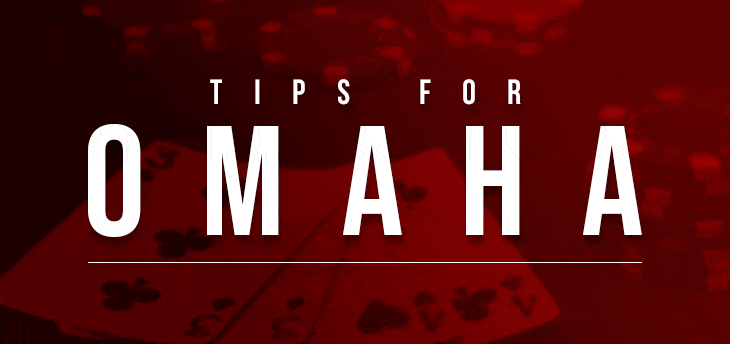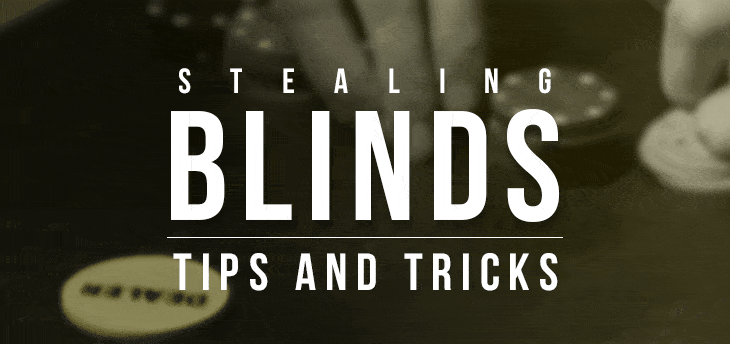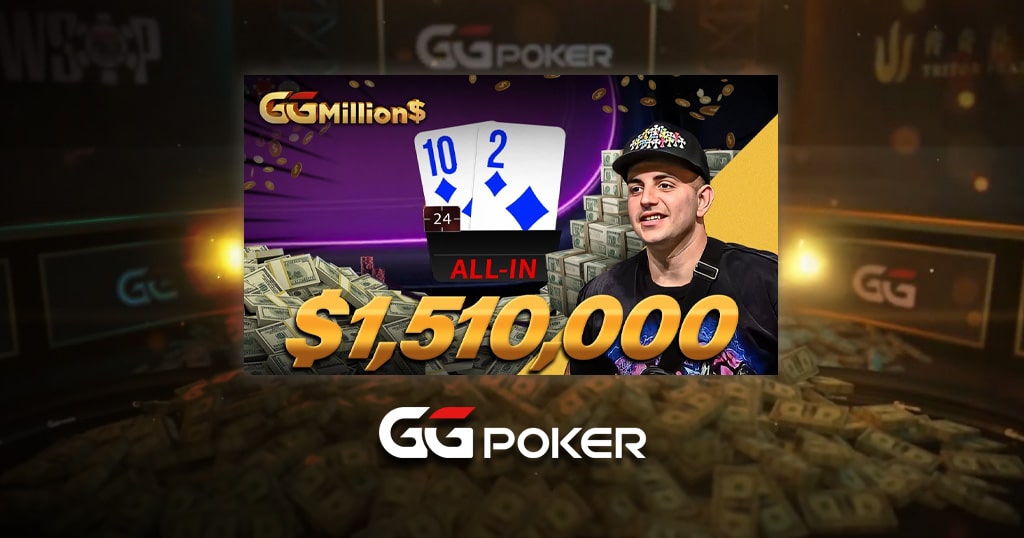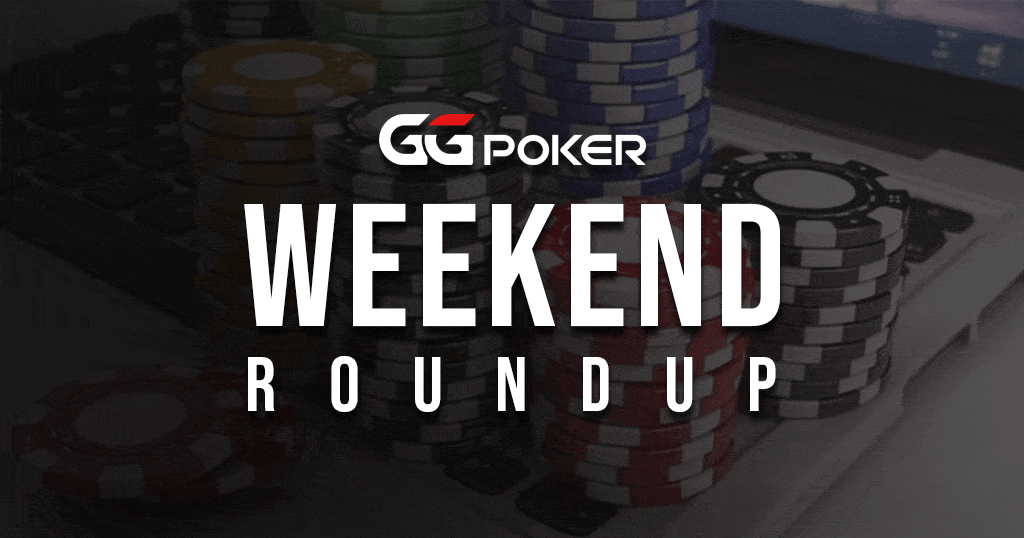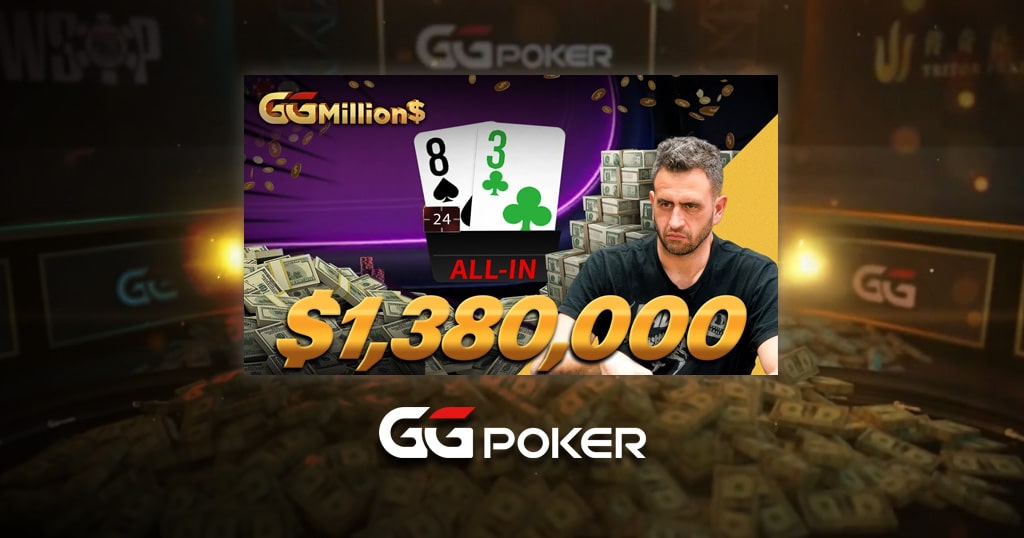Understanding and Countering Common Poker Tournament Mistakes
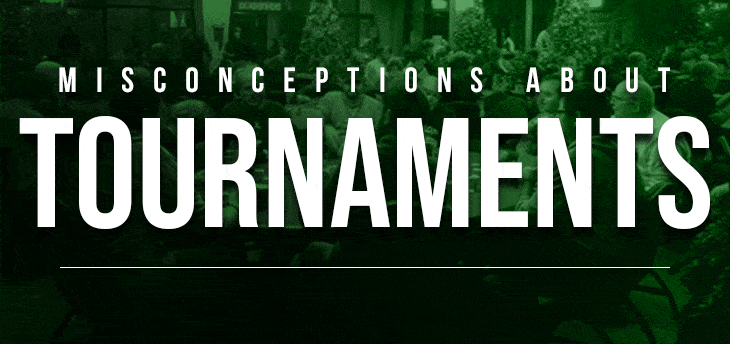
Ever find yourself on the verge of a royal flush, and then your dreams are shattered faster than you can say “all-in?” Well, my friend, welcome to the wild world of poker tournaments and the mistakes you’ll make! Buckle up, and let’s delve into some common poker tournament blunders, how to understand them, and, most importantly, how to counter them. Our goal here is to turn you from a folding novice into a river-ruling champion.
The Mistake of Misreading the Table
Misreading the table is a critical error in poker, akin to attempting to decipher a complex story in an unfamiliar language. Players often misinterpret their opponents’ actions, leading to premature folding or missed opportunities.
Recognizing Misinterpretation: A common indicator of misreading the table is overvaluing minor cues from opponents, such as believing a slight twitch signifies a strong hand. Additionally, folding a promising hand based on an unsubstantiated hunch is a clear sign of misjudgment.
Corrective Action: The solution lies in focusing on observable patterns and probabilities. It is essential to base decisions on statistical analysis rather than unreliable intuitions. Trust me, the last time I trusted my gut, I ended up with a terrible burrito for lunch.
Tilt: The Emotional Rollercoaster
Tilt in poker is a psychological phenomenon characterized by a significant emotional upheaval. This state often follows a substantial loss or a series of unfavorable outcomes at the table. The experience of tilt can be likened to a sudden storm in your abdomen after a tainted burrito, completely altering a player’s mental landscape.
When a player enters a state of tilt, their decision-making process is adversely affected. The logical and strategic thinking, essential in poker, becomes clouded by frustration, anger, or even a desire for revenge against the perceived source of their misfortune. This emotional disruption can lead to a series of hasty, ill-considered decisions.

Causes of Tilt: Tilt often arises from losing to less experienced players or being outmaneuvered. This situation results in a surge of emotions overpowering rational thought, akin to the swift disposal of an unwanted gift.
Managing Emotions: To mitigate tilt, one must consciously maintain composure. Strategies include deep breathing, positive visualization, and discreetly channeling frustration. It is crucial to conceal any emotional distress from opponents, just as one would hide questionable meat when making a substandard burrito.
Betting Like a Billionaire
The size of your chip stack isn’t like your ego; it can actually diminish. So, why are you betting like a billionaire when you’re the short stack?
Symptoms of Over-Betting: A player may be over-betting if they are consistently placing large wagers without regard to the strength of their hand or their chip position.
The Remedy: A prudent approach involves tailoring one’s betting strategy to their current situation. Recognizing the appropriate moments for aggressive bets and strategic folds is key.
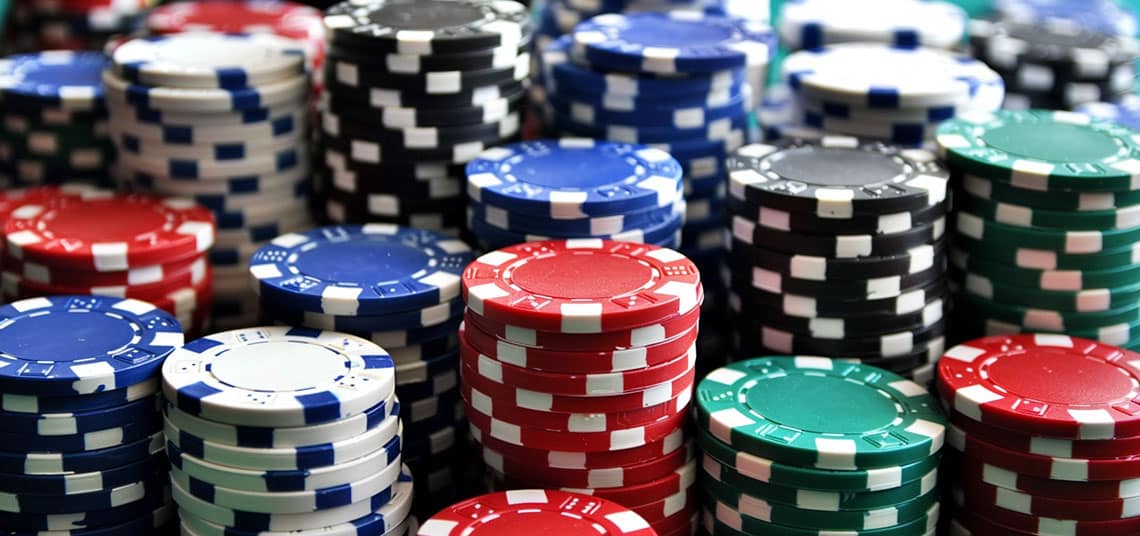
The Great Bluff
Bluffing in poker transcends the mere act of deception; it is an intricate art form, a high-stakes theatrical performance where stakes are not just chips, but also the psychological edge over opponents. This aspect of poker requires not only a keen understanding of the game’s mechanics but also a deep insight into human psychology and behavior.
The art of bluffing involves more than just keeping a straight face; it’s about weaving a believable narrative through one’s actions at the table. A player must convincingly portray confidence or uncertainty, strength or vulnerability, often contrary to the actual strength of their hand.
Knowing When to Bluff: Successful bluffing hinges on the ability to accurately read the table and assess the opportune moment to deceive opponents.
Bluffing Mistakes to Avoid: Overdoing it or being too predictable. If you’re bluffing more than a politician during election season, or the burrito artist promising the vegetables are fresh 20 minutes before close, it’s time to reassess your strategy.

Countering Poker Mistakes: Strategies and Techniques
To effectively counter common poker mistakes, adopting a comprehensive approach is imperative. This method involves a multifaceted strategy that addresses various aspects of the game, from technical skills to psychological resilience.
Learn from Others: Studying both successful and unsuccessful plays can provide valuable insights into effective strategies. Learning what NOT to do can be as valuable as knowing what to do.
Keep Practicing: A good poker strategy isn’t built in a day. Practice those skills, and don’t be afraid to play different hands and try new strategies.
Embrace Failure: Embracing and learning from failures is crucial for long-term success, much like overcoming the minor setbacks of a challenging journey. And don’t worry, every successful person has tripped over many of those stones!
Conclusion
Understanding and countering common poker tournament mistakes is akin to turning a chaotic jigsaw puzzle into a fine piece of art. From misreading the table to emotional tilts, over-betting, and bluffing disasters, poker is a thrilling yet complex game. But with keen observation, practice, and a sprinkle of humor, you’ll be on your way to avoiding these pitfalls.
So next time you sit down at that felted table, remember what you’ve learned here. Keep your cool, play smart, and may the flop be ever in your favor. And hey, if all else fails, there’s always a terrible burrito that you can avoid.

